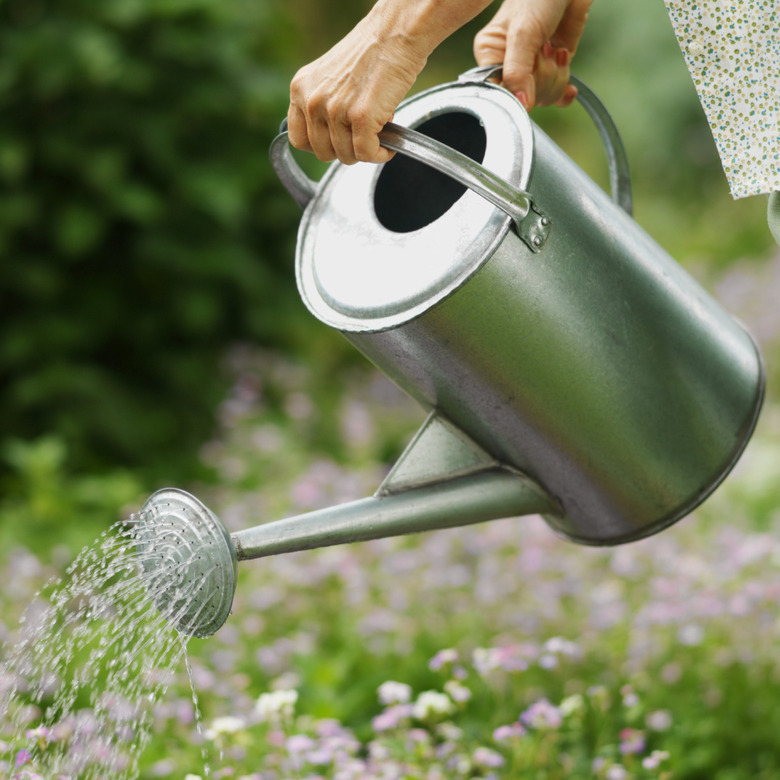How To Adjust The pH In Water For Plants
The pH level of water defines how acidic or basic it is. While some plants grow better with a higher, or more basic or alkaline pH level, others need a lower, or more acidic pH level to thrive (See Resources 1). By adjusting and maintaining the pH level of the water you're feeding your plants, you can influence how well they absorb nutrients and grow. Adjusting pH levels require some preparation, but in the end your plants will thank you for it.
Things Needed
- pH tester
- Phosphoric acid
- Potassium hydroxide
- Latex gloves
The pH level of water defines how acidic or basic it is. While some plants grow better with a higher, or more basic or alkaline pH level, others need a lower, or more acidic pH level to thrive (See Resources 1). By adjusting and maintaining the pH level of the water you're feeding your plants, you can influence how well they absorb nutrients and grow. Adjusting pH levels require some preparation, but in the end your plants will thank you for it.
Step 1
Include any nutrients you intend on adding to the water before you start the process. Nutrients can influence the pH levels of the water, so you want to test after making any changes.
Step 2
Test the pH level of the water using a pH tester. If you're looking to save some money, try pH paper test strips. This inexpensive alternative uses pH sensitive strips that change color to correspond to the pH levels of the water. You then compare the color of the strip to a chart that tells you whether the pH level is high or low. A more accurate, but expensive, way to check pH levels is to buy a digital tester. While more precise, these can cost you upwards of $50.
- The pH level of water defines how acidic or basic it is.
- By adjusting and maintaining the pH level of the water you're feeding your plants, you can influence how well they absorb nutrients and grow.
Step 3
Adjust the pH level using phosphoric acid to lower the level or potassium hydroxide to raise the level. Alternatives to phosphoric acid include nitric acid, sulfuric acid and citric acid. When adding any chemical to water, be sure to add gradually and using small amounts to ensure you don't overdo it. It's better to undershoot your mark and have to add only a slight bit more than to overshoot it and have to lower the level again or start from scratch.
Step 4
Continue to test and adjust the pH levels of the water until you hit the mark you're looking for. It takes practice, but eventually you'll get a feel for how much of each chemical you'll have to add to get the proper pH level.
Tip
Know the appropriate pH levels for the plants you're working with before you adjust the pH levels of the water you're feeding them. Check the pH levels of your plants' water and soil regularly to ensure you achieve the best results.
Warning
Some of the chemicals used to adjust pH levels can be hazardous. Wear proper safety gear when working with any chemicals.
